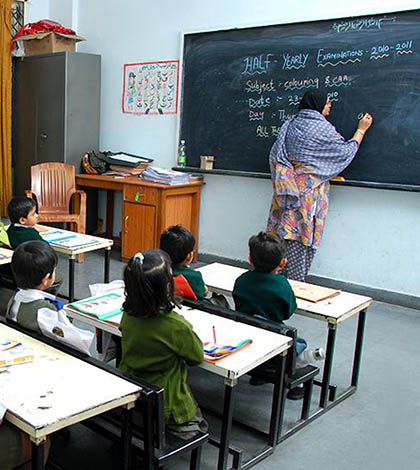 Guided with the belief that illiteracy is the root cause of social and economic backwardness, a group of doctors in Hyderabad got together in 1983 to form the Muslim Educational Social And Cultural Organisation, an educational, social and cultural organisation for Muslims, recalls Dr Fakhrudheen Muhammed
Guided with the belief that illiteracy is the root cause of social and economic backwardness, a group of doctors in Hyderabad got together in 1983 to form the Muslim Educational Social And Cultural Organisation, an educational, social and cultural organisation for Muslims, recalls Dr Fakhrudheen Muhammed
The vision of the Muslim Educational Social And Cultural Organisation (MESCO) lies in enhancing the inherent skills of the community and help it develop into a live, vibrant, ambitious, positive and healthy body. The area where MESCO institutions are located falls in an educationally under-served area of the old city of Hyderabad, where majority of the population is Muslim.
Due to acute poverty and illiteracy, the parents here were initially reluctant to send their children to schools for modern or mainstream education. MESCO,therefore, made special efforts to create awareness and confidence in the community to get educational enlighten ment by offering different facilities at an affordable and subsidised cost through scholarships and concessions. The organisation provides opportunities for learning and instruction while endeavoring to preserve and augment faith, moral values, culture and social obligations. The resultant boost to the psyche and morale of the community helps in building individuals who are competent to take up the challenges of the modern world and develop leadership skills and qualities.
The good news is that the organisation’s efforts are being fruitfully rewarded and the students’ intake has increased ten fold. The enrollment of students has steadily improved and this is true especially for girls. Over the last 30 years, the dropout percentage of boys from Class VI has also decreased from over 40 per cent to a negligible figure. Presently, the break up of the girls and boys ratio is 45:55. In order to encourage women students, MESCO is aggressively marketing the courses run by them by offering free, subsidised scholarships and grants.
“The process of getting educational loans for Muslim students in particular is very cumbersome”
The Big Picture
Minority institutions face difficulties and discrimination as far as affiliation is concerned. Therefore, a new body on the pattern of the CBSE should be created. This can help in prompt affiliation of minority-managed higher secondary schools and also maintain their standards. The government should also look to establish a large number of higher secondary schools in minority populated areas. Furthermore, some institutions, which are not being run properly for want of funds and facilities, may be taken over by the government with the consent of the management, if necessary, for a limited period. This will save immediate expenditure on buildings etc. and the plan can be implemented without delay.
Muslim-managed schools are generally run by members of a backward community, for a backward community and in a considerably backward milieu and manner. Also, there is hardly any data-based research report regarding the physical and academic condition of schools in the localities largely inhabited by Muslims. Till date, there has been no comprehensive survey on enrollment, dropout rate and the learning achievements of Muslim children in the two kinds of schooling systems Madarsa and public. Information regarding the Mus- lim youth’s overall access to higher education opportunities, their participation in professional education, absorption in the employment market and future life accomplishments is scantily available.
Talent Crunch
In terms of attracting good talent, our institutions do manage to do so. However, we have been unable to retain them due to intense competition and the absence of encouragement or financial assistance provided by statutory bodies. Though we strive to keep the standards high to meet the industry requirements, the expectations are very high and no handicap support is considered. Despite the limitations, we train and nurture talent to meet the professional and corporate culture of the industry.
Ours is a management institute with a decade-old standing. On-campus job place ments are very competitive and we attract high levels of corporate attention. We have a full-fledged placement officer in the faculty who interacts with the industry and arranges regular campus placements and interviews. However, we do not have any support as far as government jobs are concerned. To cater to the needs of students in general, and Muslim students in particular, the Mesco Centre For Advanced Learning Through Distance Mode And Research In Education (CADRE) was established in 2004 exclusively for distance education programmes of various universities.
Expectations from the Narendra Modi government
- Stronger Right to Education (RTE)
- Focus on increasing quality of education and training
- Create employment opportunities
- Transparent and effective spending of educational funds
- Introduce nationwide uniform curriculum for stronger education base.
- Hunar Scheme should be implemented country- wide through NIOS
Hurdles
The process of getting educational loans for Muslim students in particular is very cumbersome. One reason is the fact that Muslims are not able to provide collateral security to the banks for such loans. Banks, as a result, appear to be reluctant to provide loans to Muslim students without heavy security.
As a matter of state policy, the students who get admission to professional courses should get interest-free bank loans on the sovereign guarantee of the state. The economic status of parents should not matter in such cases.



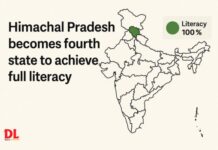
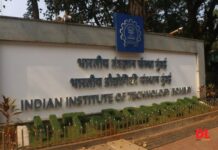

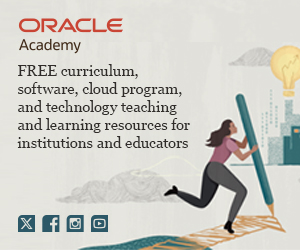

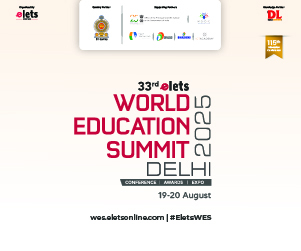


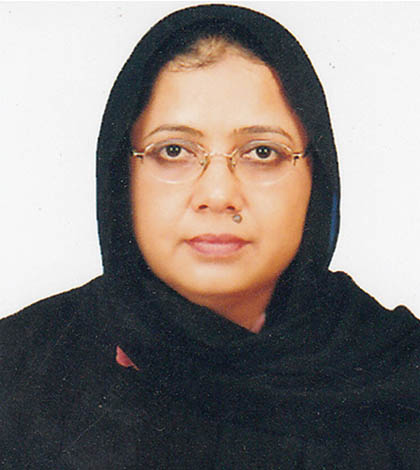
 For the last 26 years, the Thassim Beevi Abdul Kader College for Women in Kilakarai of Ramanathapuram district of Tamil Nadu is working hard to empower the Muslim girls of this not-so-developed region
For the last 26 years, the Thassim Beevi Abdul Kader College for Women in Kilakarai of Ramanathapuram district of Tamil Nadu is working hard to empower the Muslim girls of this not-so-developed region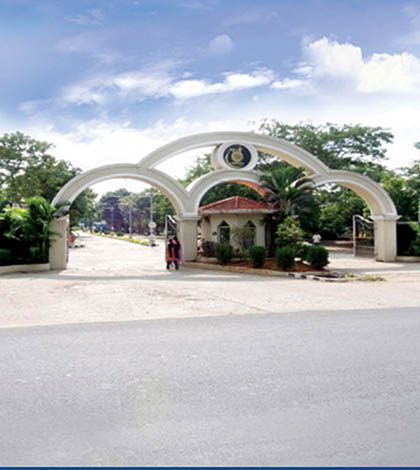
 With state-of-the-art infrastructure, a highly qualified faculty and several other amenities, the B.S. Abdur Rahman Institute of Science and Technology has fast emerged as a preferred destination for students across the country. An ENN report
With state-of-the-art infrastructure, a highly qualified faculty and several other amenities, the B.S. Abdur Rahman Institute of Science and Technology has fast emerged as a preferred destination for students across the country. An ENN report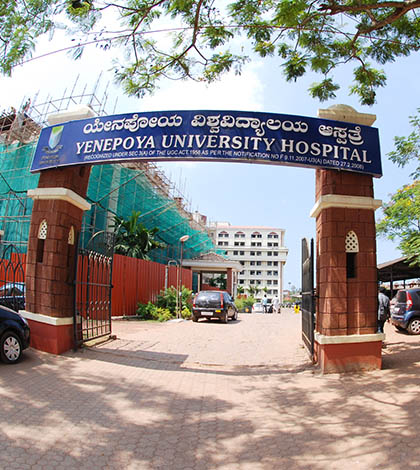
 Yenepoya Abdulla Kunhi, founder, Yenepoya University believes professional education opens up greater opportunities for minorities and to join the mainstream. An ENN Report
Yenepoya Abdulla Kunhi, founder, Yenepoya University believes professional education opens up greater opportunities for minorities and to join the mainstream. An ENN Report
 Schemes for minorities should be planned in a manner where the Centre is responsible for implementation, disbursal, monitoring and evaluation and the state government is not in the picture, says Dr Zahir I Kazi, President, Anjuman-I-Islam. In conversation with ENN, Kazi says that timely implementation of central schemes for minorities is the need of the hour. Excerpts from an interview
Schemes for minorities should be planned in a manner where the Centre is responsible for implementation, disbursal, monitoring and evaluation and the state government is not in the picture, says Dr Zahir I Kazi, President, Anjuman-I-Islam. In conversation with ENN, Kazi says that timely implementation of central schemes for minorities is the need of the hour. Excerpts from an interview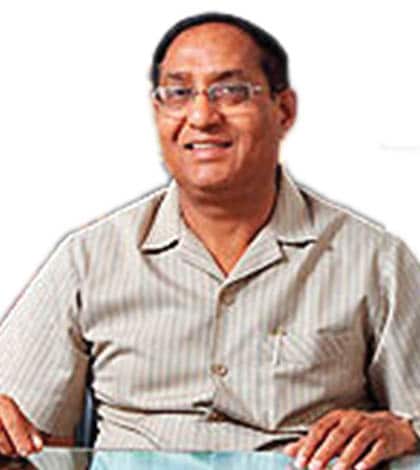
 Having begun with an inspiration to meet the challenges of education in rural India, the Teerthanker Mahaveer University today strives to become the ultimate destination for world-class education
Having begun with an inspiration to meet the challenges of education in rural India, the Teerthanker Mahaveer University today strives to become the ultimate destination for world-class education
 Despite receiving several lucrative offers, Mahbubul Hoque decided to begin his career as an educational entrepreneur. In 2001, he established the Education Research and Development Foundation (ERDF), Guwahati, with an inspiration to spread education to every nook and corner of society irrespective of caste, creed and religion. ENN tracks the journey
Despite receiving several lucrative offers, Mahbubul Hoque decided to begin his career as an educational entrepreneur. In 2001, he established the Education Research and Development Foundation (ERDF), Guwahati, with an inspiration to spread education to every nook and corner of society irrespective of caste, creed and religion. ENN tracks the journey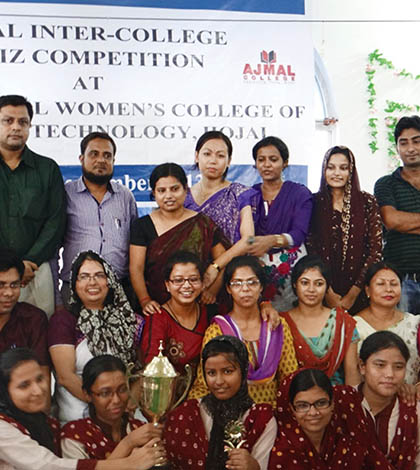
 Ascent through education lasts a lifetime. It was a realisation of this fact that guided Haji Ajmal Ali earn people’s goodwill through welfare measures like building schools, hospitals and providing scholarships to students in the communally-sensitive Nagaon district of Assam
Ascent through education lasts a lifetime. It was a realisation of this fact that guided Haji Ajmal Ali earn people’s goodwill through welfare measures like building schools, hospitals and providing scholarships to students in the communally-sensitive Nagaon district of Assam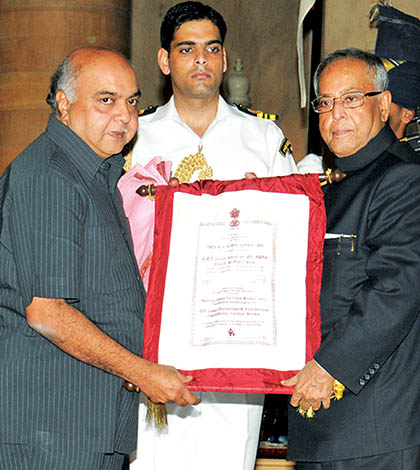
 Set up after a Moplah rebellion 93 years ago, the JDT Islam orphanage continues to work towards uplifting orphans and underprivileged children through free education and aspires to bring more children under its fold. ENN reports
Set up after a Moplah rebellion 93 years ago, the JDT Islam orphanage continues to work towards uplifting orphans and underprivileged children through free education and aspires to bring more children under its fold. ENN reports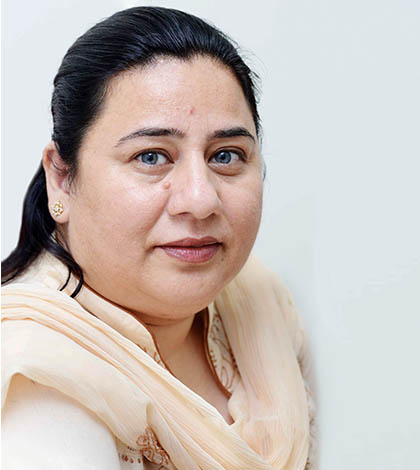
 Educating a woman is educating a generation, believes Dr Shabistan Ghaffar, Chairperson, Committee on Girls Education, National Commission For Minority Educational Institutions (NCMEI), who has made tremendous efforts in breaking various taboos on girls’ education in the Muslim community. In an interaction with ENN, she says education is a weapon which can take nations ahead and women can play a decisive role in this progress. Excerpts from the interview
Educating a woman is educating a generation, believes Dr Shabistan Ghaffar, Chairperson, Committee on Girls Education, National Commission For Minority Educational Institutions (NCMEI), who has made tremendous efforts in breaking various taboos on girls’ education in the Muslim community. In an interaction with ENN, she says education is a weapon which can take nations ahead and women can play a decisive role in this progress. Excerpts from the interview








